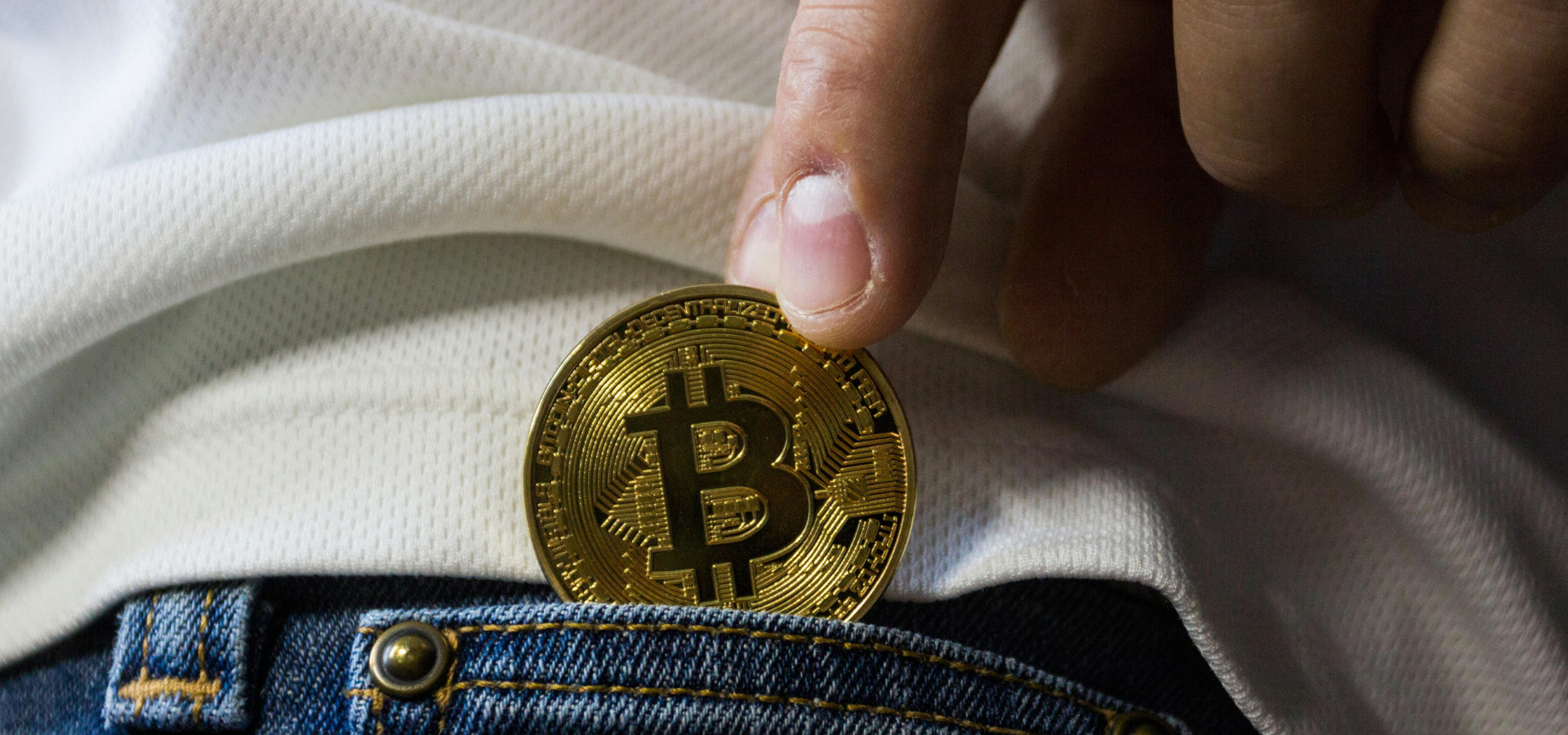The Evolution of Money and Bitcoin’s Role
When we think about money today, many people assume we’ve always lived under a single financial system. For most, the modern landscape of credit cards and digital payments feels like the natural progression from the era of cash transactions. However, throughout history, money has undergone significant transformations. Each new system has introduced new opportunities and challenges, and societies have adapted at different rates. Some individuals and cultures embraced these changes early, gaining advantages and leveraging the new systems to their benefit, while others struggled to keep up, sometimes falling behind.
Understanding this historical progression provides valuable insight into the current evolution of money. Bitcoin, as a modern innovation, represents a new chapter in this ongoing story, addressing many of the limitations and issues faced by previous systems.
Historical Progression of Money
1. Barter System: The earliest form of trade was the barter system, where goods and services were exchanged directly for other goods and services. While this system allowed for the exchange of value, it had notable limitations, with the system being cumbersome and inefficient, especially as societies and economies grew. It was also difficult to accumulate and store wealth without a standardized medium of exchange.
2. Coinage: The introduction of coinage marked a significant advancement: Coins provided a standardized and widely accepted medium of exchange, facilitating trade and enabling wealth accumulation. However, coinage was not without its problems, such as the potential for debasement (reducing the metal content) and forgery.
3. Paper Money: Paper money emerged as a more convenient form of currency. Paper money began as receipts for gold held in banks, simplifying transactions and record-keeping. Over time, banks issued more receipts than their actual gold reserves, leading to issues of trust and financial instability.
4. Fiat Currency: The transition to fiat currency represented a departure from the gold standard. Fiat currency, not backed by physical assets, allowed for unrestricted printing by governments and central banks, this led to inflation, devaluing the currency and impacting purchasing power.
5. Digital Money: The advent of digital money introduced credit cards and electronic transactions: Despite the convenience, digital money systems maintained centralized control by financial institutions, which could limit access and impose fees.
The Bitcoin Revolution
Bitcoin emerged as a revolutionary development in the evolution of money, addressing many historical issues with traditional forms of currency:
- Decentralization: Unlike traditional currencies, Bitcoin operates without a central authority, reducing the risk of manipulation and control.
- Transparency: The open ledger, known as the blockchain, records all Bitcoin transactions, ensuring transparency and accountability.
- Scarcity: Bitcoin’s supply is capped at 21 million coins, combating inflation and preserving value.
- Peer-to-Peer Transactions: Bitcoin enables direct transactions between individuals without intermediaries, reducing costs and increasing efficiency.
- Global Accessibility: Bitcoin transactions are borderless, allowing for easy and unrestricted exchange of value worldwide.

Advantages of Bitcoin over Traditional Banking |
Potential Risks of Centralized Digital Currencies |
|---|---|
|
|
Conclusion
Bitcoin represents a significant shift in the concept of money, offering a decentralized alternative to traditional financial systems. It addresses many historical issues with money while providing enhanced security, transparency, and freedom. As the world continues to evolve towards digital currencies, Bitcoin stands out as a powerful option for those seeking financial sovereignty and protection against the potential downsides of centralized digital money systems.





Leave a comment